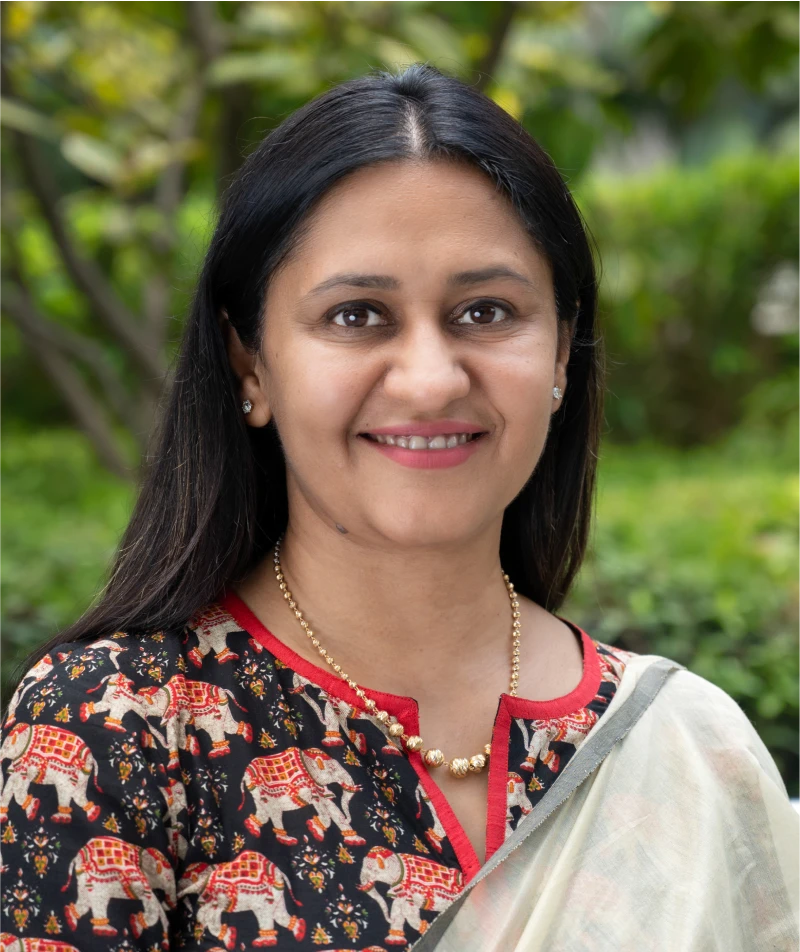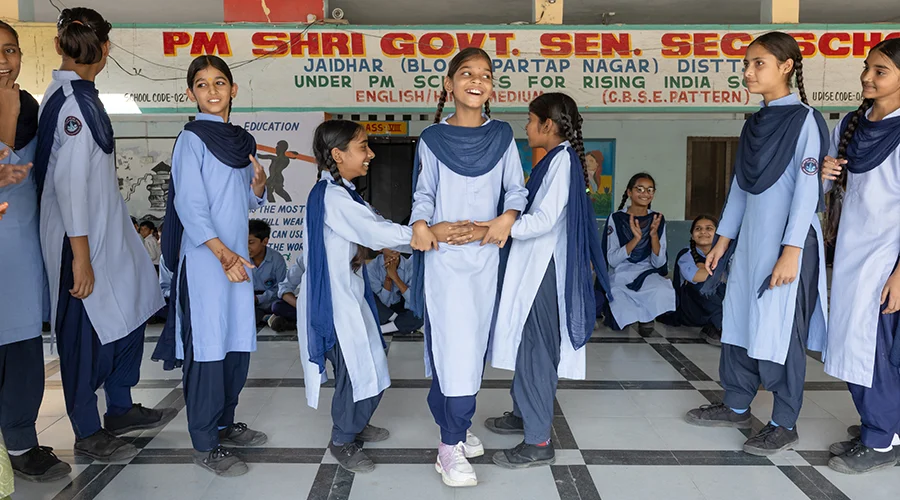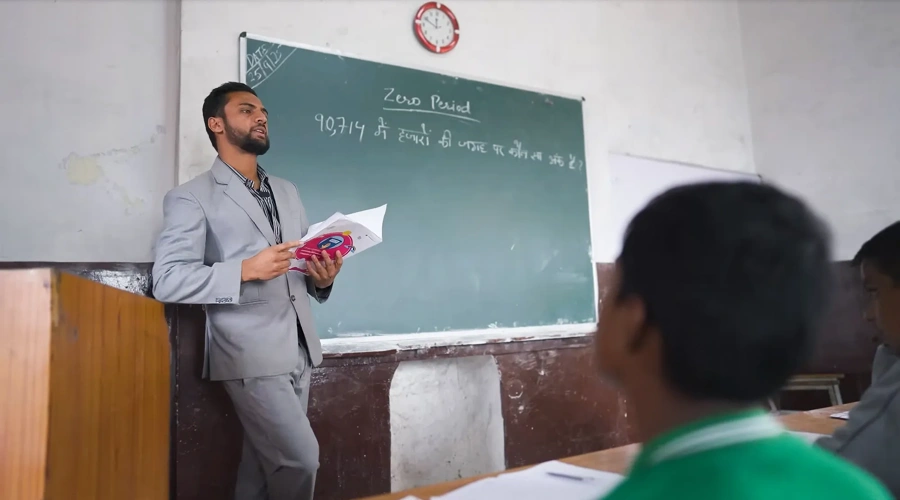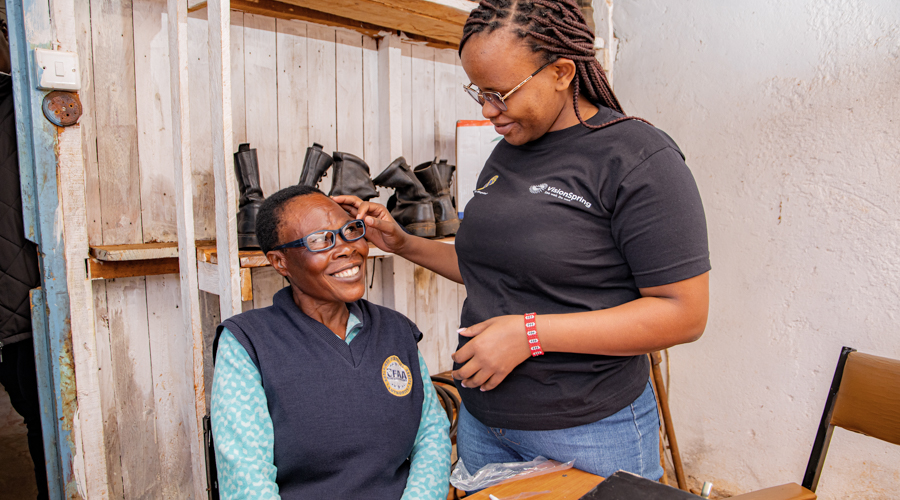Building Real-World Skills for 87,000 Indian Students
Bridging the $200 Billion Gap: Transforming India’s Social Sector with Blended Finance
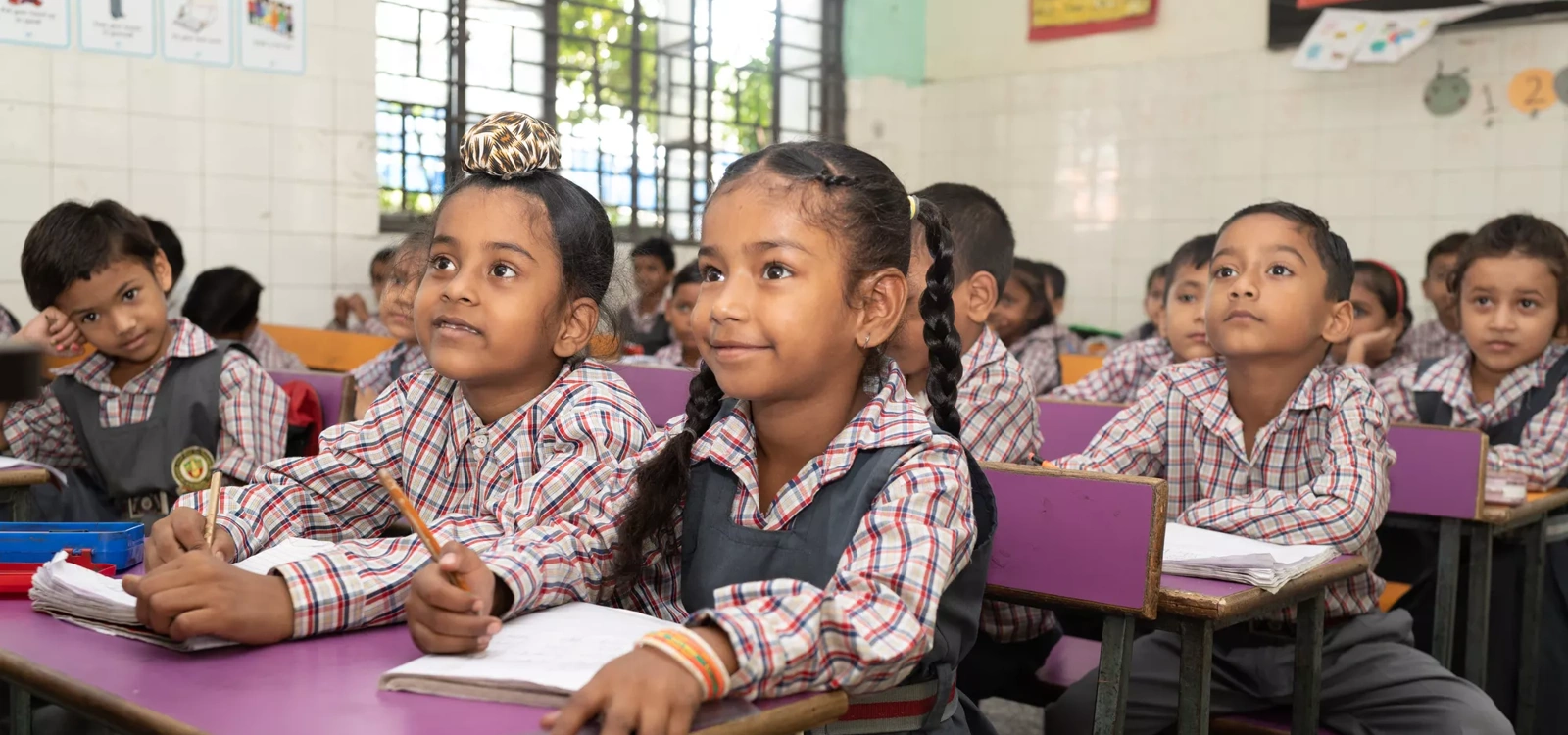
Overview
Blended finance accelerates progress in education and skills by uniting public, private, and philanthropic capital. Partnering with The Blended Finance Company, we’re simplifying the process for new partners to join and drive real, measurable impact on communities.
India faces a big challenge: there’s a $200 billion gap in funding needed to tackle the country’s most pressing social issues. With the demand for sustainable solutions growing faster than available resources, finding new ways to bridge this gap is more important than ever. That’s why we’ve teamed up with Asha Impact to support The Blended Finance Company (TBFC), which helps bring together philanthropic donations and private investments to fund sustainable development projects. TBFC is simplifying the process, making it easier for new partners to get involved and make a difference.
The need for funding is huge. In developing countries, the gap to meet the Sustainable Development Goals (SDGs) has risen to $4.2 trillion, up from $2.4 trillion in 2014. In India alone, it’s $200 billion each year. To put that in perspective, the total amount spent on India’s social sector, including government funding, is less than $300 billion. Private donations and corporate giving add only $15 billion, while foreign aid is declining, contributing just $3 billion.
Maximizing Impact with Blended Finance
Blended finance is one solution that brings together public funds, philanthropic capital, and private investments to make a bigger impact. It helps align goals and makes the best use of available resources to address social challenges. At the Dell Foundation, we’ve seen how blended finance can multiply the impact of our efforts, and TBFC is helping us take that further.
In 2022, blended finance commitments in India reached $1.1 billion, and they’re expected to grow by 19% each year, possibly surpassing $2.6 billion by 2027. But there are still challenges—complicated processes, long timelines, and high costs have slowed down wider adoption. For example, it can take up to 1.5 years to set up impact bonds, with management fees ranging from 15-20%. To keep up with growing social needs, we need simpler, more scalable financial tools.
Unlocking Opportunity through Collaborative Solutions
Fortunately, India’s blended finance market is gaining steam. Initiatives like the USAID-USDFC Partial Credit Guarantees, NABARD financing backed by the Green Climate Fund, and the Samridh Initiative are opening new doors. Platforms like the National CSR Exchange and the Social Stock Exchange are also creating opportunities to expand this market and drive real change.
In philanthropy, where every dollar counts, collaboration and creativity are key to unlocking the potential of blended finance. By working together, we can deliver meaningful, large-scale impact.

